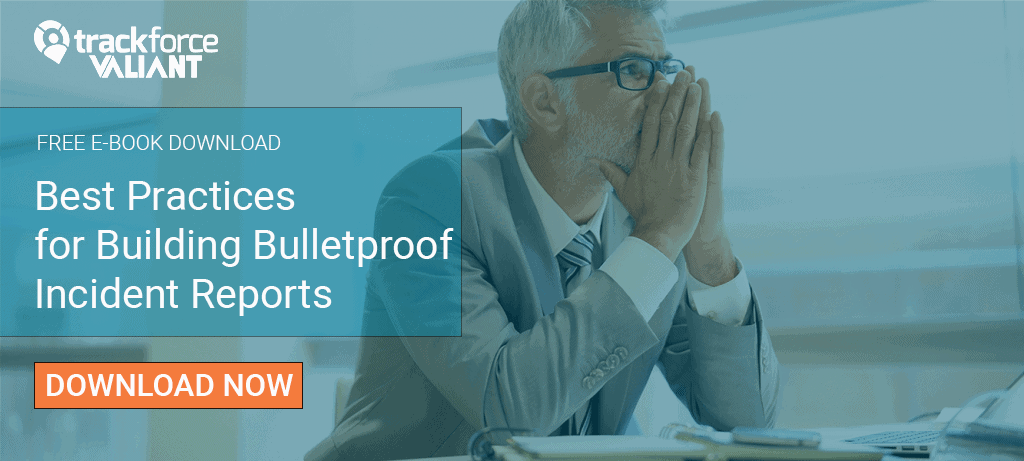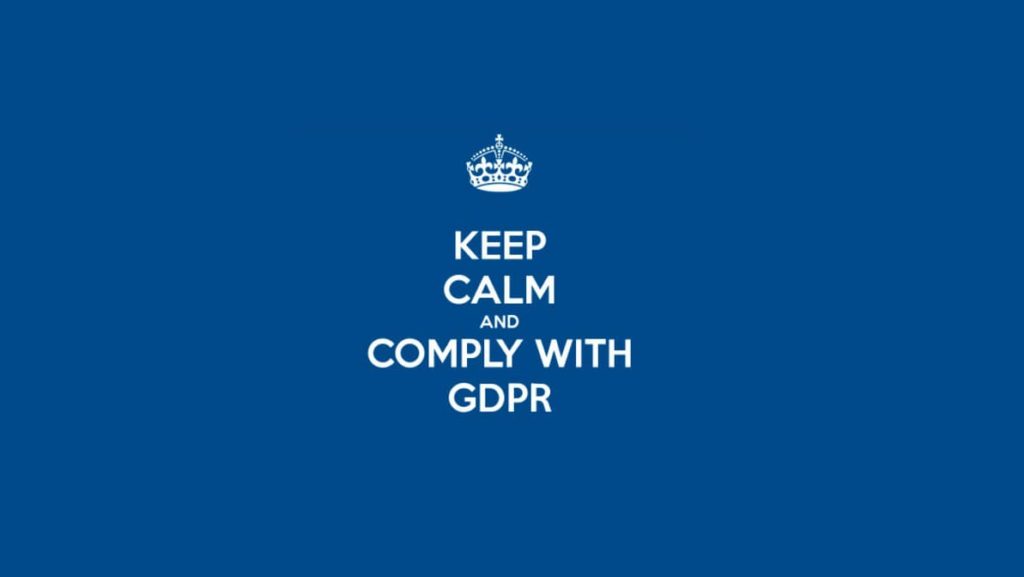As the effects of the pandemic continue to ebb and flow throughout the world, healthcare workers and others on the front-line are still being exposed to all kinds of stresses and challenges. None more so than workplace violence.
With the increase of hospitalizations throughout our communities, the more likely serious security threats will impact patients – and healthcare workers alike.
Now more than ever do corporate security professionals need to implement new processes and tools to help combat, and ultimately mitigate, workplace violence in the healthcare system – and to ensure those in the front lines aren’t ever at risk.
50% of All Workplace Violence Incidents Occur in a Healthcare Setting
Workplace violence incidents are one of the leading security threats impacting physical security. Each year, over 2 million people experience some form of workplace violence, ranging from verbal abuse and bullying to outright physical assault. Of those incidents, half of them occur within the healthcare industry.
The healthcare staff most impacted are nurses working in the emergency room department. Of all assaults on the job, 70% of them have been toward nurses – and the statistic is only getting bigger.
Over the past year as more hospitalizations rose, attacks against healthcare workers increased by 20%. While the statistic is large, it shouldn’t be surprising. The impact of the pandemic has caused many to feel uncertainty and fear. Adding the issue of overworked medical personnel, corporate security professionals know this is a recipe for an increased security threat.
Securing Hospitals and Other Medical Facilities is a 2022 Priority
In a recent security benchmark survey, we asked security professionals in the healthcare sector their top priorities for security operations in 2021. Below are the top two:
78% Want to Improve Their Visitor Management Processes and Solutions
Controlling who enters and exits a healthcare facility is critical for security. Unauthorized visitors threaten both patient and employee safety.
Having a process for visitor management that allows for real-time visibility is key. Plus, it’s critical that security always has updated visitor lists of those who are unauthorized versus those who are authorized. With limitations on the number of people that can be in these buildings at any given time, knowing who is in the building at all times is essential.
77% Need to Improve Their Emergency Preparedness and Business Continuity Plans
With the continued crisis facing the hospitals and medical facilities, there are many unknowns that threaten security. What is known is that threats will increase or decrease depending on how the pandemic progresses through our healthcare system.
This is where having a plan that can work in real-time will help corporate security professionals mitigate risk and establish situational awareness. By doing so, security teams can actively respond against patient and employee threats.
4 Ways Security Can Mitigate Risk in Healthcare
When security professionals establish the right people, processes, and technologies to mitigate risk, they can create a much more responsive environment where officers can effectively address security threats.
Below are just four tools that can help build more visibility and control for security teams:
- Implement Real-Time Officer Reporting: Officers touring the building either on regular patrol or responding to incidents need to have a way to record information and report on incidents to ensure that information is accurate and submitted as fast as possible. Incident reporting directly from the scene of the incident helps to get information more quickly to the Command Center.
- Centralized Command Center for Immediate Response: Just as these officers are responding to incidents and transmitting information in real-time, the command center needs to get this same information quickly to ensure that they respond appropriately. Whether this is sending reinforcements or alerting local authorities, an active command center response is critical to de-escalating any situation.
- Leverage Incident Data for Risk-Based Analysis: These incidents and response actions are important to records and review over time. Having this information communicated and centralized created a record of incident types and responses. Security teams can analyze this data to assess ways to reduce future risk through more proactive processes and tools. Ultimately, reducing risk means lowering the statistics from above.
- Employee “Crowdsourcing” of Potential Security Risks: When you give employees the power to alert security or suspicious behavior or the potential for a security incident, you are creating a proactive source of intelligence to react more quickly. There are tools that enable direct messages to security, panic buttons and similar functions that can be accessed via a mobile app, which enables a discreet yet effective means to prevent workplace violence.
Healthcare workers are faced with the enormous task of preserving life and taking care of those impacted by the pandemic, as well as all other illnesses and injuries. This is an especially stressful time for this segment of the workforce, and the looming threat of workplace violence only adds to that stress.
It is up to security teams to build in processes and tools to ensure that they are doing everything they can to take that element of risk out of the equation.
With the help of healthcare security software and by adopting these 4 tools, security professionals can continue to drive down the risk, and reduce these staggering statistics to support our hard-working front-line communities.




